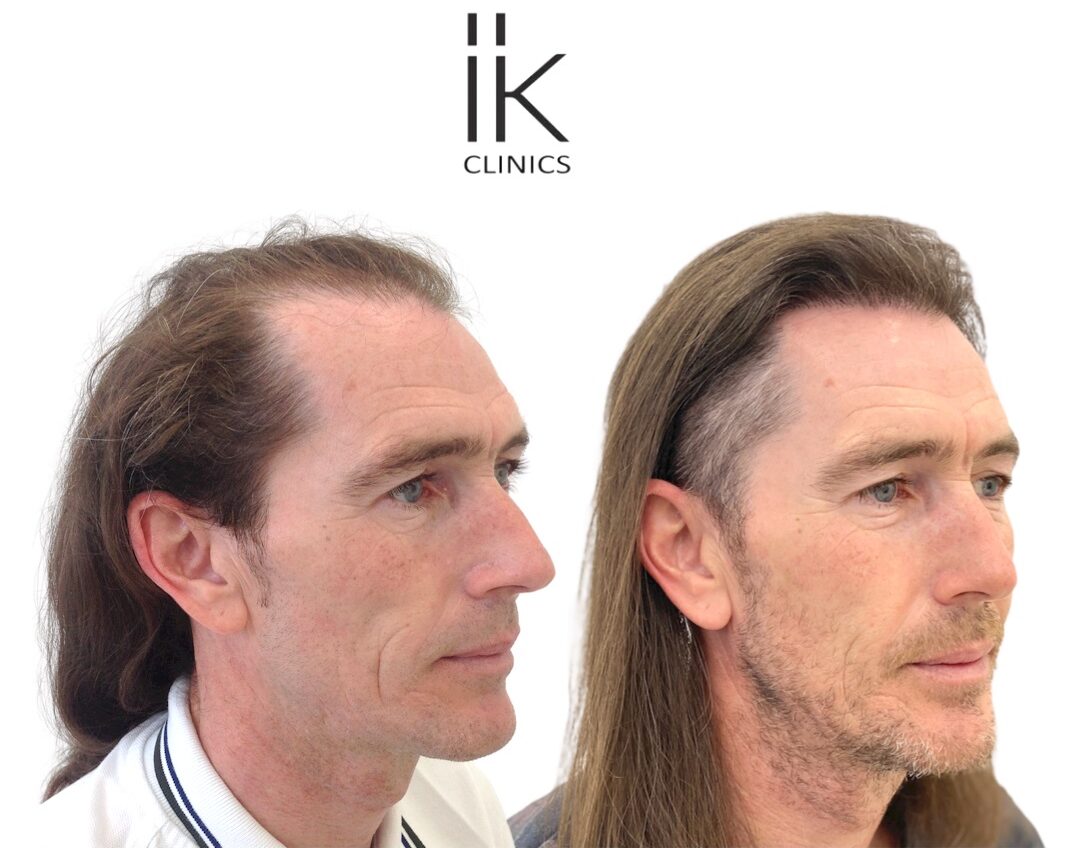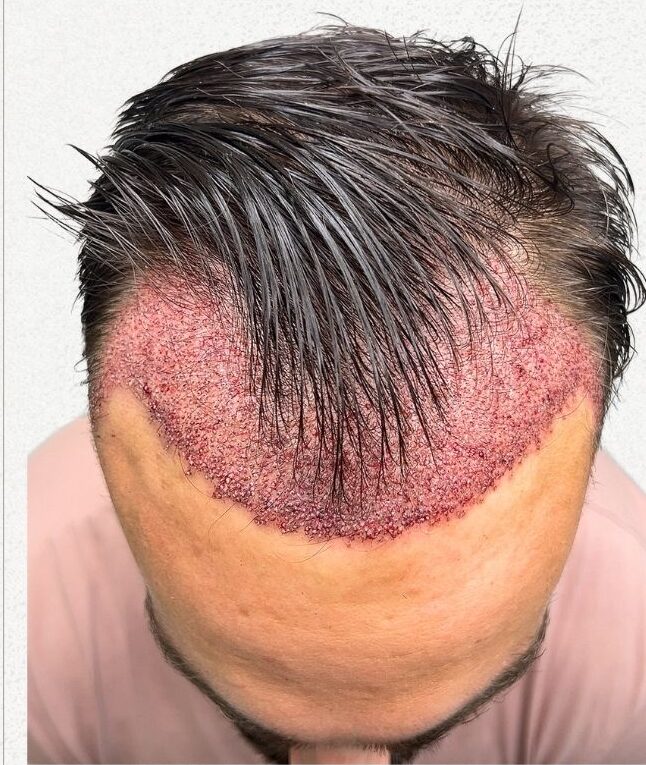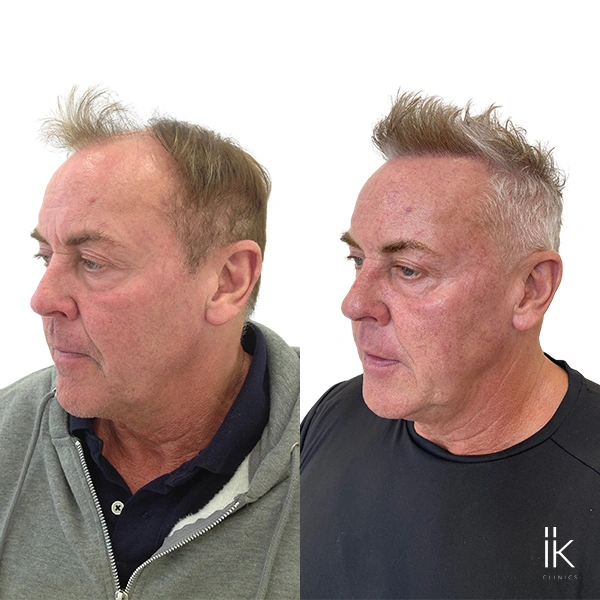So, you’ve finally done it. You’ve taken the plunge and booked your hair transplant. You’ve likely researched the clinic, grilled the surgeon with questions, and maybe even scoped out a few before-and-afters on Instagram.
But there’s one thing that can make or break your transplant success – and it’s what you do after the lights go out.
Yes, we’re talking about sleep.
Believe it or not, your sleeping position post-transplant can be the silent saboteur of your results. Let’s dive into why that is – and how you can set yourself up for a smooth, comfortable recovery without tossing and turning your way into trouble.
Why Sleep Position Matters After a Hair Transplant
After surgery, your newly implanted grafts are incredibly delicate. Think of them like seedlings in a garden – you wouldn’t want to squash them before they’ve had a chance to take root.
That’s exactly why your sleeping position in the first few days (and sometimes weeks) post-transplant is crucial.
According to Dr. Karim Patel, a UK-based hair transplant specialist:
“The first 7–10 days after a transplant are a critical healing period. Any pressure or friction to the grafted area – even something as seemingly harmless as a pillowcase – can dislodge grafts and lead to poor growth or patchy results. Sleep is one of the most overlooked parts of recovery, but it’s absolutely essential.”
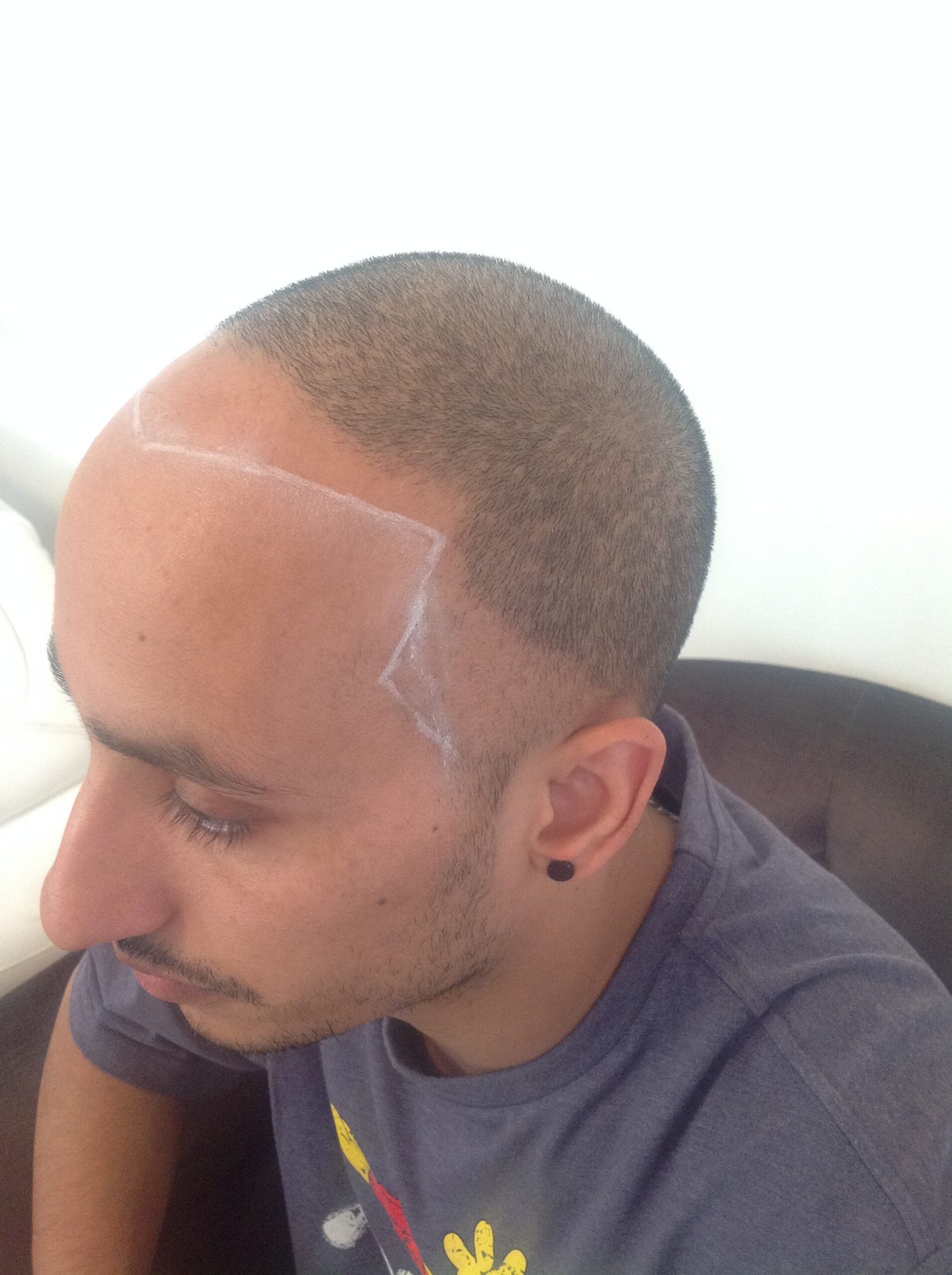
What’s the Best Way to Sleep After a Transplant?
1. Elevate your head (and we mean it): Sleeping with your head elevated at a 30–45 degree angle helps reduce swelling around the forehead and eyes – a common post-transplant side effect.
But more importantly, it keeps your scalp from rubbing against surfaces. This position also promotes healthy blood flow, which supports healing. Try using two pillows or a travel neck pillow to stay upright without straining your neck.
2. Sleep on your back – not your sides or stomach: As tempting as it might be to curl up on your favourite side, don’t do it. Side-sleeping or stomach-sleeping increases the chances of rubbing or crushing your grafts.
It can also lead to fluid accumulation on one side of the face – not a good look for your selfies the next morning.
3. Use a soft, breathable pillowcase: Stick with silk or satin pillowcases – they’re gentle on your scalp and help avoid unnecessary friction. And if you’re still worried, cover your pillows with a soft, disposable medical pad for the first few nights.
That way, if there’s any minor oozing or crusting, your bedding stays protected.
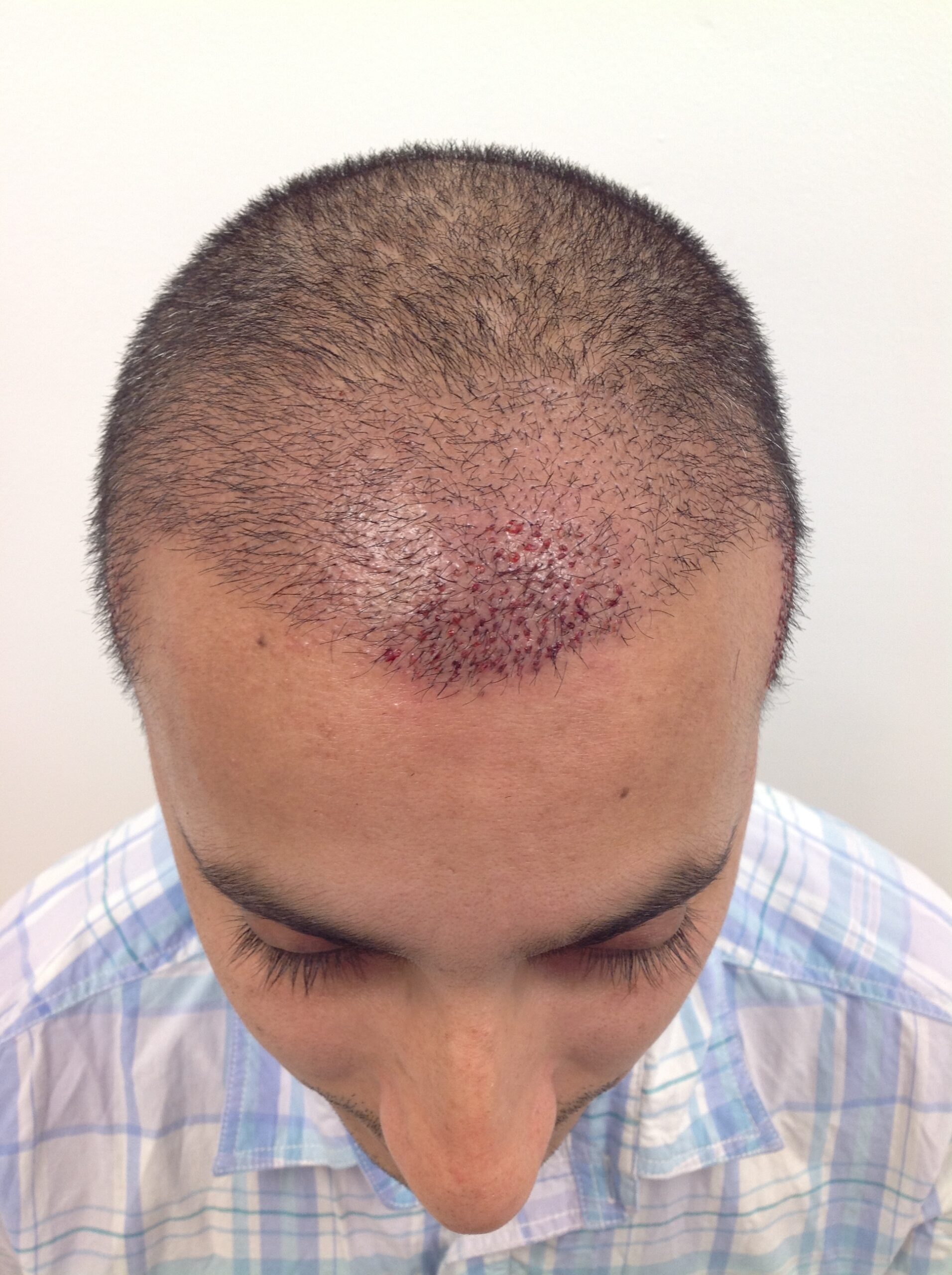
The Struggle is Real: How to Actually Stay in Position
Even if you fall asleep upright and on your back, what about the inevitable middle-of-the-night roll? Here are a few smart sleep hacks to keep you in check:
Wedge pillows: These contour to your upper back and head, making it harder to move.
Pillow barricade: Place firm pillows on either side of your body to keep from flipping over.
Recliner sleeping: Many patients actually find sleeping in a recliner for the first few nights easiest – it keeps the head elevated and limits movement.
Hair transplant consultant Samir Qureshi, who works with patients during their recovery phase, shares:
“We always tell clients: you don’t have to be perfect, but aim for progress. If you wake up a bit crooked, just readjust and go back to sleep. Don’t panic – it’s about reducing risk, not driving yourself mad.”
How Long Do You Need to Be Careful?
Generally, most clinics advise being ultra-careful for the first 7–10 days, especially if your grafts were placed on the hairline or crown. After this, the grafts are more secure, but you should still avoid anything too aggressive (like rubbing your head into a memory foam pillow or burying your face in a duvet).
By week two, you can usually go back to sleeping more normally – but still be mindful. As your scalp continues to heal, gentle treatment always wins.
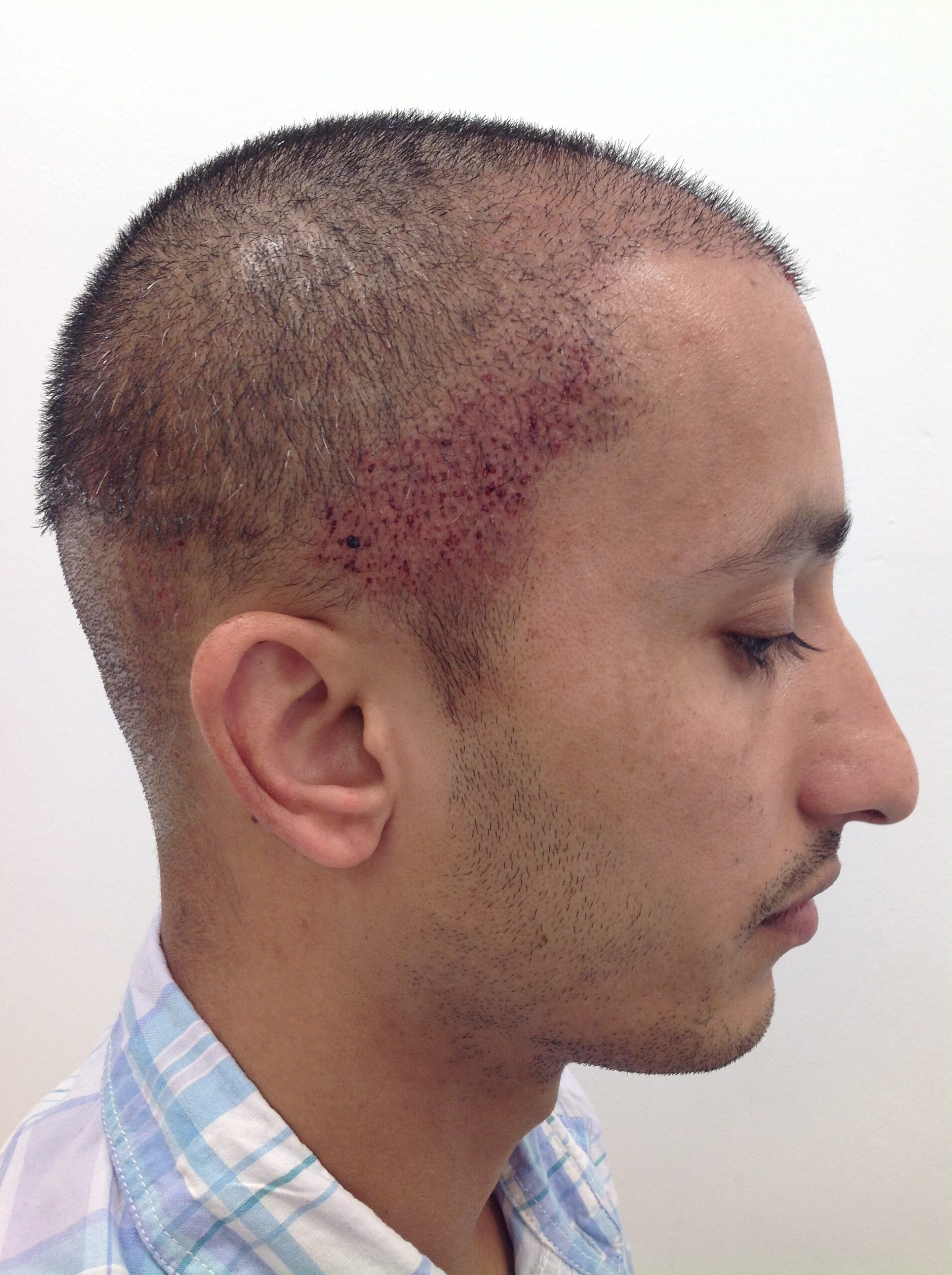
What Happens If You Sleep the Wrong Way?
Accidents happen. You might doze off on the sofa or wake up in a weird position one night. If you do, don’t panic – but do keep an eye on your grafts.
If you notice bleeding, excessive swelling on one side, or dislodged grafts (they may look like small hairs with bulbs on the end), it’s worth contacting your clinic for advice.
Final Thoughts: Good Sleep = Great Results
A good hair transplant is a team effort – your surgeon does their part in the clinic, and you do your part during recovery. And while sleep might seem like a passive part of the process, it’s actually one of the most active ways you can protect your investment.
So prop up those pillows, embrace your inner reclining king or queen, and give your new hair the best chance to thrive.
Because when it comes to post-transplant care, the position you sleep in isn’t just about comfort – it’s about commitment.
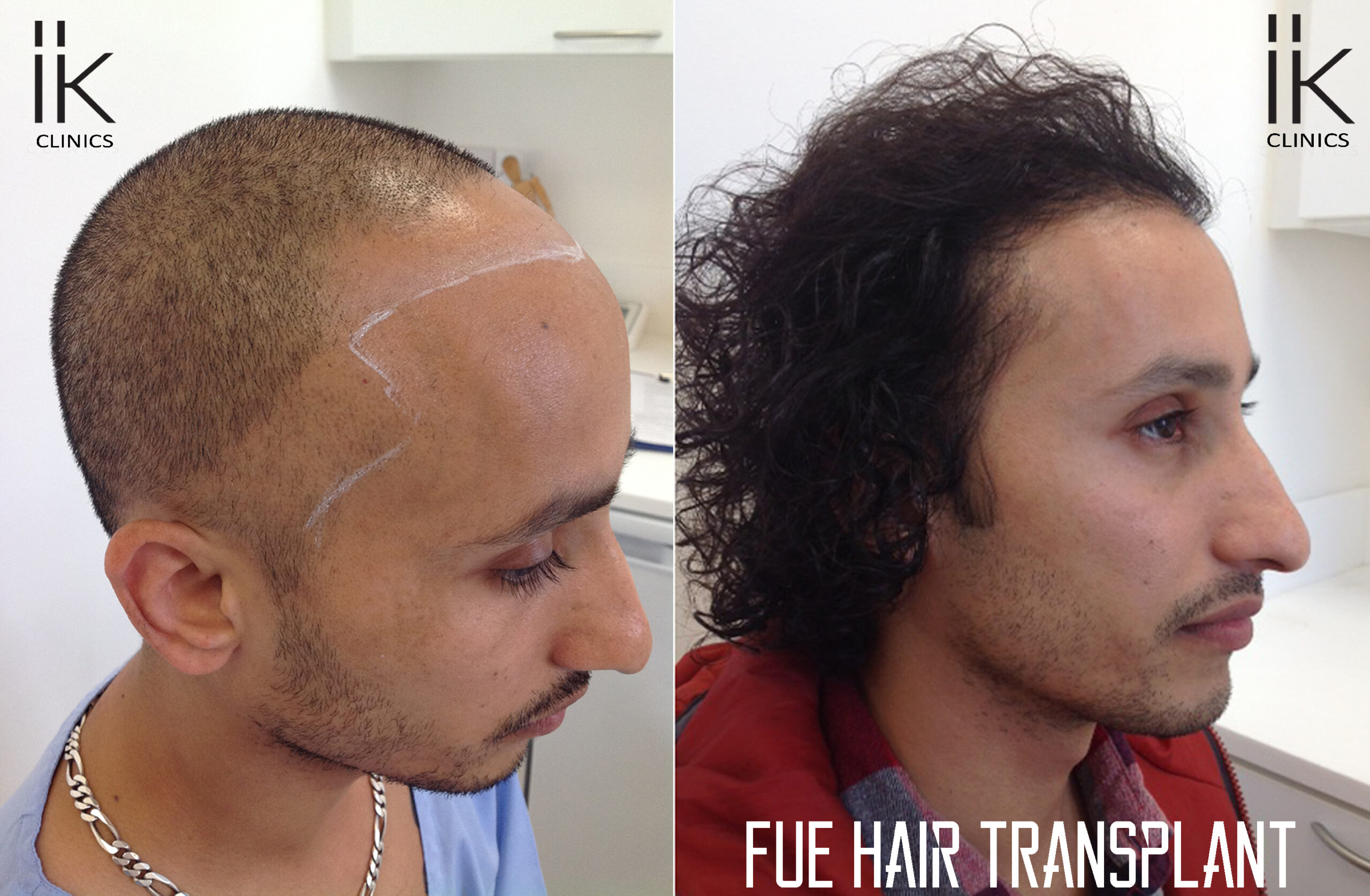
About IK Clinics
At IK Clinics, we’re not afraid to say that we’re proud to lead the way. Our expert team, advanced technology, and commitment to patient care ensure you get the best experience from start to finish.
What’s more, we offer a range of services in hair restoration, like FUE, Stem-cell and Plasma Therapy, along with various anti-aging treatments. Get in touch to find out more or book a consultation.
